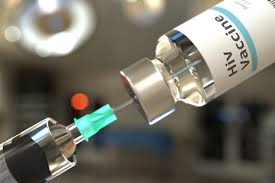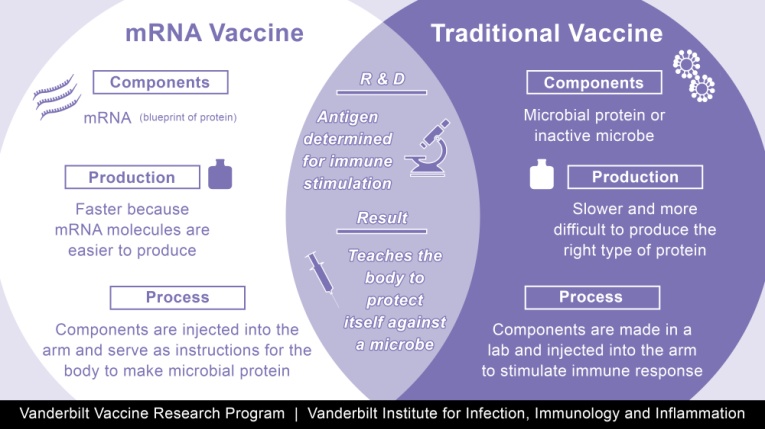




Disclaimer: Copyright infringement not intended.
Context
Understanding mRNA Vaccines
Traditional Vaccines
mRNA Vaccines

HIV
Final thoughts
|
Initiatives taken by India to combat HIV · ‘Social Contracting’: India’s unique HIV prevention model, which is centered around the concept of ‘Social Contracting’ through which the Targeted Interventions (TI) programme is implemented by the Union Health Ministry. With support from Non-Government Organizations, the programme is aimed at providing outreach, service delivery, counselling & testing and ensuring linkages to HIV care. · The National Strategic Plan on HIV/AIDS and Sexually Transmitted Infections (STI), 2017-24 was launched to achieve elimination of mother-to-child transmission of HIV and Syphilis as well as elimination of HIV/AIDS related stigma and discrimination by 2020. · The “Mission Sampark” aims to bring back People Living with HIV who have left treatment after starting Anti Retro Viral Treatment (ART). · National AIDS Control Programme(NACP) aims to achieve 80% reduction in new HIV infections by 2024 from baseline value of 2010. Further, by 2024, the target is to ensure that 95% of those who are HIV positive in the country know their status, 95% of those who know their status are on treatment and 95% of those who are on treatment experience effective viral load suppression. · Enactment of The Human Immunodeficiency Virus and Acquired Immune Deficiency Syndrome (Prevention and Control) Act, 2017 which has provided a legal and enabling framework for safeguarding the human rights of the infected and affected populations. · India is committed to achieve the 90-90-90 targets across the country by the end of the current year and also end the AIDS epidemic as a public health threat by 2030. · National AIDS Control Programme is based on three pillars-Prevention, Care-counselling and Treatment. |











© 2024 iasgyan. All right reserved